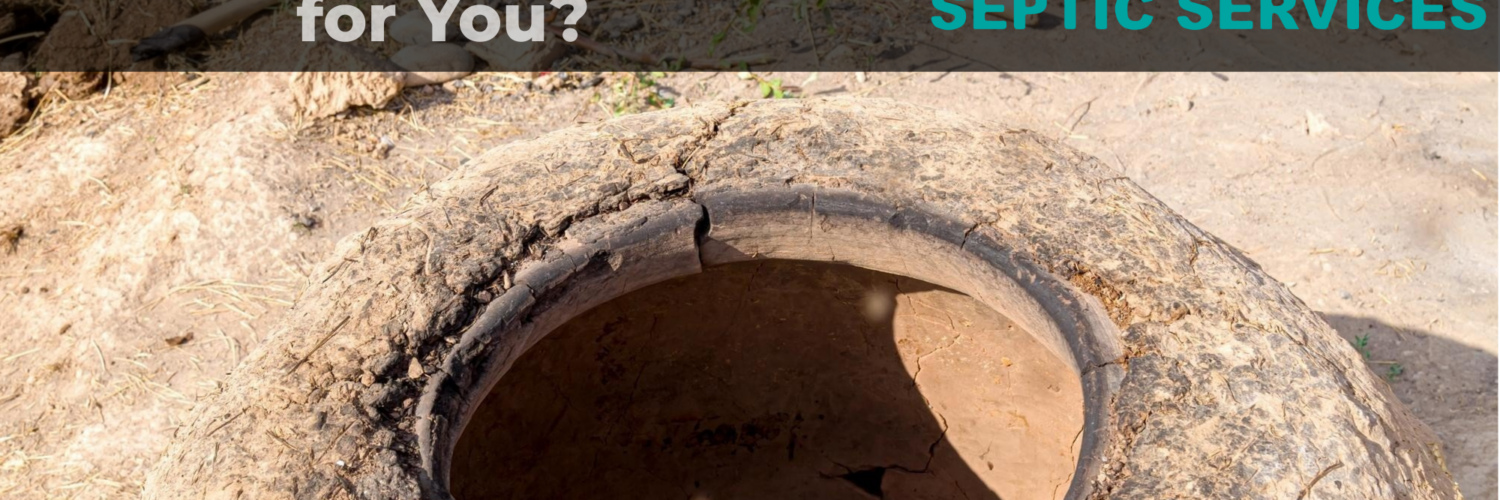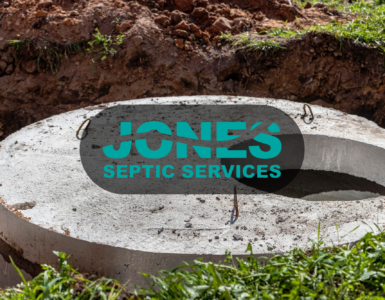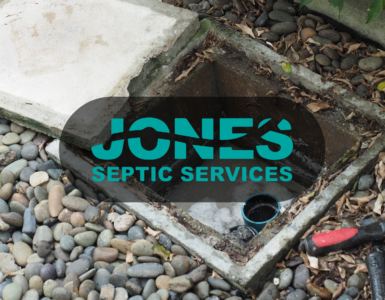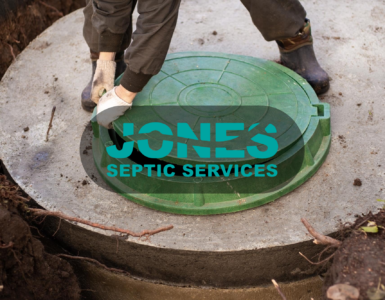Growing Interest in Sustainable Wastewater Solutions
As environmental awareness increases across Dutchess County, property owners are seeking ways to reduce their ecological footprint while maintaining reliable wastewater management. This shift is fueled by a growing recognition of the long-term impacts that traditional systems can have on local ecosystems, including groundwater contamination and inefficient resource use.
For decades, traditional septic systems have long been the standard in rural and suburban areas. While these systems are effective at managing wastewater on-site, they often require significant maintenance and may not align with modern sustainability goals. Today, more residents and businesses are turning to eco-friendly alternatives that combine performance with environmental responsibility.
These innovative solutions are designed not only to protect groundwater but also to conserve resources through advanced filtration, reduced chemical dependency, and optimized energy use. Many systems now incorporate natural treatment processes, such as constructed wetlands or biofilters, that mimic the way ecosystems clean water, ensuring a cleaner and safer return of treated water to the environment.
In addition, sustainable wastewater management is proving to be an appealing option for both homeowners and commercial property managers who are conscious of long-term operating costs. By choosing greener systems, property owners can reduce maintenance expenses, increase property value, and contribute to broader community goals for environmental stewardship. This alignment between ecological responsibility and financial practicality is accelerating adoption across Dutchess County and positioning sustainable wastewater solutions as the new standard for the future.
What Defines an Eco-Friendly Septic System?
An eco-friendly septic system goes beyond basic wastewater treatment by incorporating sustainable design and technology that work in harmony with the environment. Unlike conventional systems that simply process and discharge wastewater, these advanced alternatives focus on reducing overall environmental impact while maintaining efficiency, durability, and reliability.
At the core, an eco-friendly septic system is designed to:
- Minimize pollution risks to groundwater and surface water by using improved treatment methods that filter out harmful contaminants before they can reach drinking water supplies, streams, or lakes.
- Reduce energy and water consumption through more efficient operation, often relying on natural processes rather than energy-intensive mechanical or chemical treatments.
- Support natural filtration processes by mimicking the way soil, plants, and microorganisms naturally break down and neutralize waste.
- Provide long-term durability with minimal maintenance, helping property owners save on costly repairs while consistently protecting surrounding ecosystems.
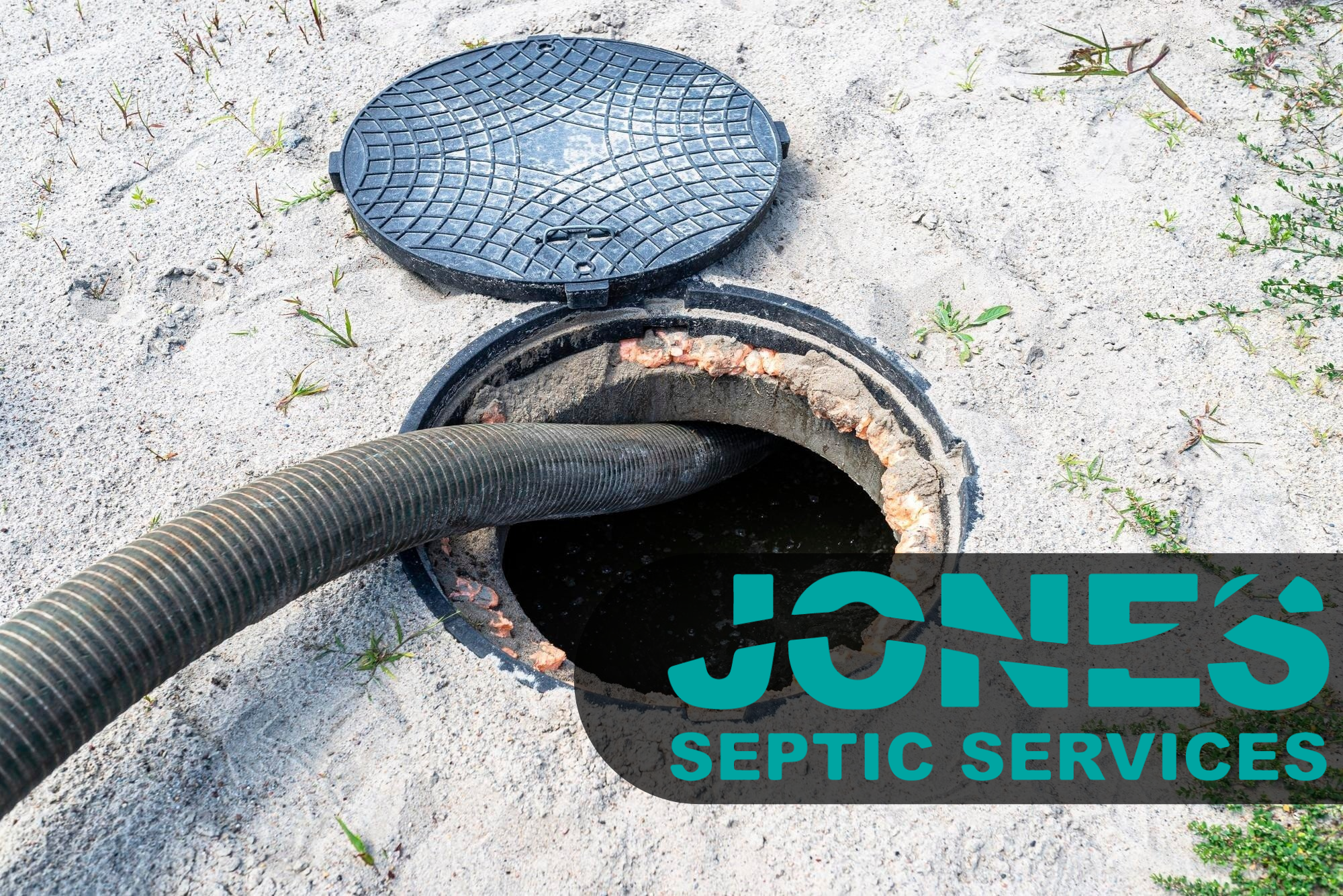
Common Eco-Friendly Septic Solutions
Several technologies are now available to property owners seeking a greener approach to wastewater management. Common eco-friendly septic solutions include:
- Aerobic Treatment Units (ATUs): These systems use oxygen to break down organic matter more effectively than traditional septic tanks. By enhancing bacterial activity, ATUs produce much cleaner effluent, reducing contamination risks for groundwater and nearby wells.
- Constructed Wetlands: These innovative systems harness natural vegetation and microbial activity to filter and treat wastewater in a sustainable way. By mimicking the processes of natural wetlands, they provide an efficient, low-energy treatment method that also supports local ecosystems.
- Advanced Filtration Systems: Using layers of sand, peat, or textile materials, these systems capture and neutralize pollutants, significantly improving water quality. They are often used in combination with conventional tanks to enhance performance and ensure safer discharge.
By combining innovation with natural processes, eco-friendly septic systems deliver a reliable, sustainable, and forward-thinking approach to wastewater management. For homeowners, builders, and property managers, they represent a practical solution that balances environmental responsibility with long-term value.
How Eco-Friendly Systems Differ from Traditional Septic Systems
When comparing wastewater management options, the contrast between traditional systems and modern eco-friendly alternatives becomes clear. Both are designed to manage waste safely, but their methods of operation and long-term impact on the environment differ significantly.
Traditional Systems
Traditional septic systems have been the standard in rural and suburban areas for decades. They are simple in design and widely used across Dutchess County, but they also present limitations that are becoming more apparent as environmental concerns grow. These systems typically:
-
Rely on a septic tank and drain field as the primary method of storing and dispersing wastewater.
-
Depend primarily on soil to filter contaminants, which means their effectiveness can vary greatly depending on local soil type, saturation levels, and seasonal conditions.
-
Require regular Dutchess County NY Septic Tank Pumping and Dutchess County NY Septic Tank Cleaning to prevent buildup, clogs, and eventual system failures.
While traditional systems can function effectively when properly maintained, they often come with notable drawbacks. Aging infrastructure, combined with the potential for leaks and overflows, increases the risk of groundwater contamination, a growing concern in areas that rely heavily on private wells. Additionally, traditional septic systems generally consume more resources over time, both in maintenance costs and in environmental impact.
For many property owners in Dutchess County, the limitations of traditional systems are prompting a shift toward eco-friendly septic solutions that provide greater efficiency, stronger environmental safeguards, and long-term sustainability.
Eco-Friendly Systems
Eco-friendly septic systems are designed with sustainability in mind, offering property owners several key advantages over conventional models. Built to protect the environment while ensuring reliable wastewater treatment, these systems provide a smarter and more future-ready approach to waste management in both residential and commercial settings.
These systems typically:
- Incorporate additional treatment stages that go beyond the basic tank-and-soil process, significantly improving the overall quality of treated water before it reenters the environment.
- May use oxygen, plants, or advanced filters to break down waste, harnessing either natural processes or enhanced technology to achieve cleaner and safer results.
- Often achieve higher treatment efficiency, reducing the risk of groundwater contamination, which is particularly critical in regions like Dutchess County, where clean water resources are essential for both households and agriculture.
Beyond performance, eco-friendly septic systems deliver long-term value. Unlike traditional models that often require frequent servicing, these systems are designed to be more resilient and minimize long-term maintenance needs. In many cases, they also lower operating costs over time by reducing water use, conserving energy, and preventing costly environmental damage.
By combining innovative design with natural filtration methods, eco-friendly septic systems provide property owners with a sustainable, cost-effective, and environmentally responsible solution for wastewater management. Whether chosen for new construction or as an upgrade to aging infrastructure, these systems help safeguard local ecosystems while meeting modern expectations for environmental stewardship.
Key Benefits of Eco-Friendly Septic Systems
Switching to eco-friendly septic systems offers property owners a range of advantages that go beyond basic wastewater management. These benefits are not only environmental but also financial and regulatory, making them an attractive option for Dutchess County homeowners, property managers, and builders.
Groundwater Protection
One of the most significant benefits is the ability to safeguard local water supplies. Enhanced treatment reduces bacteria, viruses, and nitrates that could otherwise seep into aquifers and contaminate drinking water sources. This is particularly important in Dutchess County, where a large portion of residents depend on private wells. By choosing systems designed to keep contaminants out of groundwater, property owners help protect both household health and community resources.
Reduced Environmental Impact
Eco-friendly septic systems are built to minimize ecological disruption. Some advanced designs recycle water for non-potable uses, such as irrigation, reducing demand on municipal and private water supplies. Others rely on natural processes like wetland plants or microbial filtration to treat effluent, eliminating the need for added chemicals and lowering overall energy consumption. This not only reduces strain on the environment but also helps property owners reduce their ecological footprint.
Compliance with Stricter Regulations
As state and local agencies place greater emphasis on environmental health, meeting septic system standards is becoming more challenging for outdated infrastructure. With growing attention on environmental health, compliance with New York State Department of Health septic system guidelines is easier when using modern, eco-friendly systems. Advanced treatment units, constructed wetlands, and filtration-based designs are already built to exceed many regulatory benchmarks, giving property owners peace of mind that they are operating responsibly and legally.
Considerations Before Choosing an Eco-Friendly Septic System
While eco-friendly septic systems offer significant environmental and long-term benefits, property owners in Dutchess County should carefully evaluate several important factors before deciding on an installation. Understanding these considerations helps ensure that the chosen system meets both property needs and regulatory requirements.
Initial Costs
Eco-friendly systems generally carry higher upfront installation costs compared to conventional septic tanks. Advanced technology, additional treatment stages, and specialized materials contribute to this difference. However, these costs often balance out over time through lower environmental risks and reduced long-term maintenance expenses. A proper Dutchess County NY Septic Tank Installation performed by licensed professionals is critical, not only to ensure compliance with local codes but also to align with environmental best practices that protect groundwater and community health.
Maintenance Requirements
Although eco-friendly systems are designed for efficiency, many advanced models require more frequent inspections and upkeep to remain fully effective. For example, aerobic treatment units may need electricity and monitoring, while constructed wetlands depend on vegetation health to function properly. Routine Dutchess County NY Septic Tank Inspection and occasional Dutchess County Septic Tank Repair are essential steps to safeguard system performance and extend its lifespan. Staying consistent with maintenance also ensures ongoing compliance with New York State Department of Health guidelines.
Site Conditions
Not every property is suited to every type of eco-friendly septic system. Soil type, water table depth, slope, and overall property layout all play a crucial role in determining which solution is feasible. For example, constructed wetlands require more land area, while sand or media filters may be better suited for smaller lots. A professional site evaluation helps identify the best fit and prevents costly mistakes in system selection and installation.
By weighing these considerations in advance, Dutchess County property owners can make informed decisions that maximize both the environmental and financial value of their investment in eco-friendly wastewater management.
Types of Eco-Friendly Septic Systems
Eco-friendly septic systems come in several forms, each offering unique benefits for property owners who want reliable wastewater treatment with reduced environmental impact. Unlike conventional systems, these alternatives are designed to improve water quality, conserve resources, and protect groundwater while meeting the needs of both residential and commercial properties in Dutchess County.
Aerobic Treatment Units (ATUs)
Aerobic Treatment Units are among the most widely adopted alternatives to traditional septic systems due to their advanced efficiency. These systems:
- Use oxygen to accelerate the breakdown of waste, allowing aerobic bacteria to process wastewater more thoroughly than in the anaerobic conditions of a conventional septic tank.
- Provide cleaner effluent, reducing contamination risks, which makes them an excellent choice for properties located near lakes, rivers, or sensitive groundwater supplies.
- Require electricity and ongoing monitoring, meaning that while they carry a slightly higher operational cost, the improved treatment quality and environmental protection often justify the investment.
ATUs are particularly beneficial for properties with smaller lot sizes, shallow soils, or limited drain field capacity, where conventional systems may struggle to provide safe treatment. With proper maintenance, ATUs can last for decades and offer consistent performance that helps property owners meet stricter environmental standards.
Constructed Wetlands
Constructed wetlands are one of the most natural and environmentally sustainable options for wastewater treatment. Designed to replicate the processes found in natural wetlands, these systems use a combination of soil, plants, and beneficial microbes to filter and clean wastewater before it returns to the environment.
- Mimic natural wetlands by using plants and microbes to treat wastewater, creating an eco-friendly process that relies heavily on biological activity rather than mechanical or chemical intervention.
- Offer a low-energy, sustainable option, since they depend primarily on natural filtration. This makes them particularly attractive to property owners who want to minimize long-term operating costs and reduce energy usage.
- Require more land area than conventional systems, which means they are best suited for properties with larger outdoor spaces. Despite this limitation, they offer valuable benefits such as long-term resilience and reduced maintenance needs compared to highly mechanical systems.
An added advantage of constructed wetlands is their ability to support biodiversity. Beyond wastewater treatment, they can provide habitat for local wildlife and contribute to healthier ecosystems across Dutchess County. This dual function, wastewater treatment and ecological enrichment, makes constructed wetlands a compelling choice for environmentally conscious homeowners, property managers, and builders.
Sand or Media Filters
Sand and media filters are another effective choice for environmentally conscious property owners. These systems:
- Pass effluent through sand, peat, or synthetic media for additional treatment, significantly improving the quality of the discharged water.
- Improve removal of solids and pathogens, helping to safeguard groundwater from contamination.
- Often used in combination with conventional tanks, enhancing their performance without requiring a full replacement of existing infrastructure.
By understanding the different types of eco-friendly septic systems, property owners can choose a solution that fits their land, budget, and long-term sustainability goals. Whether relying on advanced technology or natural processes, these systems offer a cleaner, greener approach to wastewater management.
Regional Relevance in Dutchess County
Dutchess County’s unique blend of rural landscapes, small towns, and growing urban centers makes eco-friendly septic systems more important than ever. Many properties in the county rely on private septic systems rather than centralized sewer infrastructure, which places added responsibility on property owners to manage wastewater sustainably.
Several factors highlight why these solutions are becoming increasingly relevant in Dutchess County:
- Aging septic infrastructure requiring replacement: Many existing systems were installed decades ago and are now approaching the end of their useful life. Outdated tanks and drain fields pose a higher risk of failure, leading to contamination of local groundwater and costly emergency repairs.
- Heightened awareness of groundwater protection: As more residents recognize the link between septic performance and safe drinking water, there is growing demand for wastewater systems that prioritize environmental safety and long-term resilience.
- Opportunities for funding assistance through the NYS DEC Septic Replacement Program: Dutchess County property owners may qualify for financial incentives to upgrade or replace failing systems with sustainable alternatives. This program helps reduce upfront costs while encouraging wider adoption of eco-friendly solutions.
By upgrading to eco-friendly septic systems, Dutchess County homeowners, property managers, and builders can address aging infrastructure while aligning with community-wide goals for water protection and sustainability.
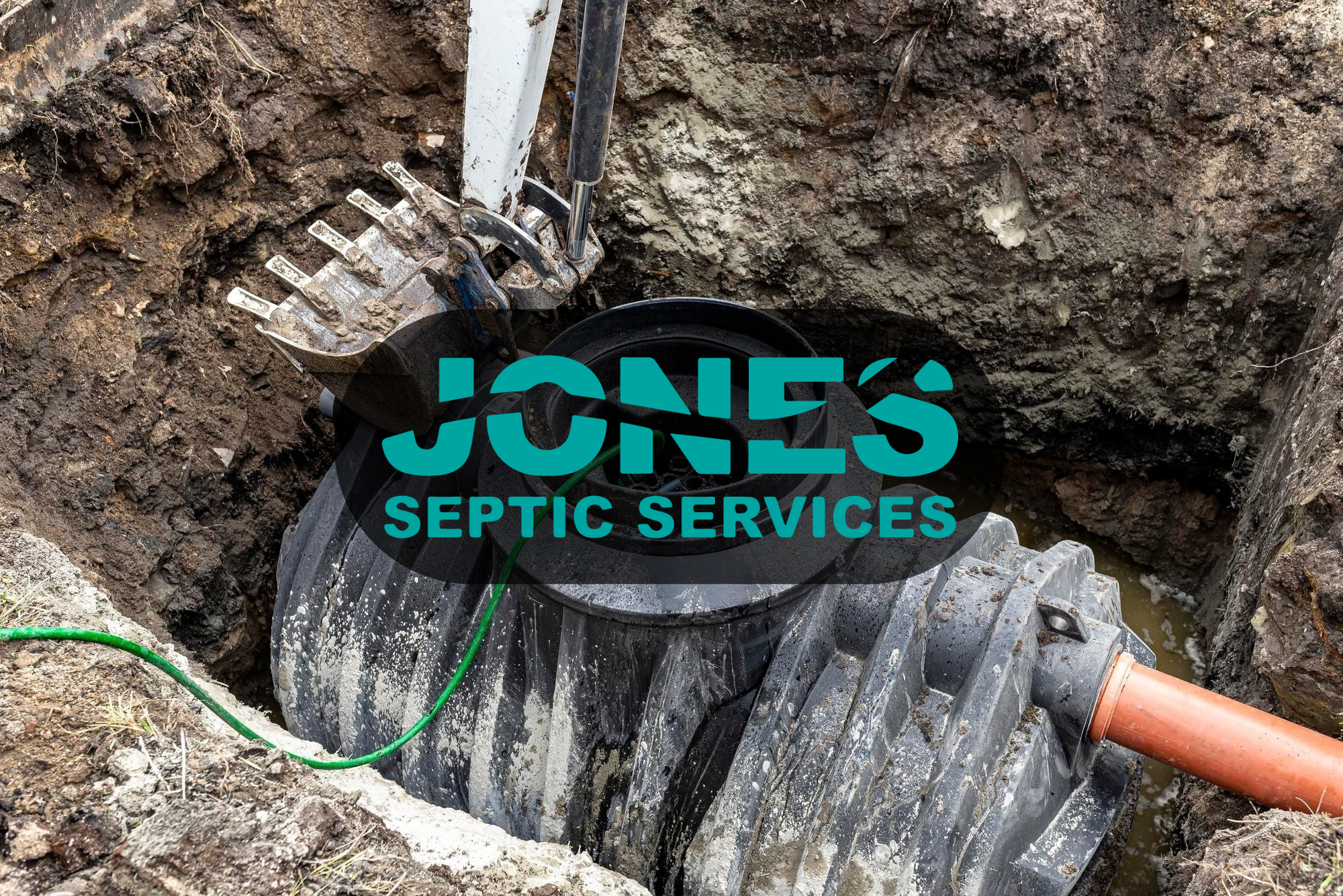
Maintenance Practices for Sustainable Septic Use
Even the most advanced eco-friendly septic systems require consistent care to operate at peak efficiency. Proper maintenance not only extends the life of the system but also protects the surrounding environment. Best practices include:
- Regular inspections and pumping to maintain system efficiency: Just like traditional systems, eco-friendly models benefit from routine checks and professional pumping services to prevent buildup and ensure smooth operation.
- Responsible waste disposal to prevent chemical buildup: Harsh chemicals, non-biodegradable products, and grease should never be flushed or drained into a septic system. Using septic-safe household products helps protect the natural treatment processes that eco-friendly systems rely on.
- Monitoring water usage to reduce strain on the system: Conserving water through efficient appliances, fixing leaks, and mindful usage helps prevent overloading the system, ensuring it operates effectively for years to come.
By following these practices, Dutchess County property owners can maximize the performance of their eco-friendly septic systems while minimizing environmental risks. Consistent care ensures that the investment in sustainable wastewater management pays off both financially and ecologically.
Broader Environmental and Community Impacts
Failing septic systems contribute significantly to water pollution, affecting streams, lakes, and overall community health. When wastewater is not treated effectively, harmful pathogens and nutrients like nitrogen and phosphorus can seep into groundwater and surface water. This not only endangers drinking water supplies but also contributes to algae blooms, fish kills, and long-term ecological damage.
According to the EPA SepticSmart Program, proactive maintenance is the key to protecting both the environment and public safety. By ensuring systems are properly installed, monitored, and serviced, communities can prevent costly contamination issues while preserving natural resources. Eco-friendly septic systems play a vital role in this effort by reducing pollution risks and helping Dutchess County communities maintain safe, clean water supplies for generations to come.
Practical Applications for Homeowners and Property Managers
Eco-friendly wastewater solutions are versatile and can be adapted to different property needs.
-
Homeowners
Residential property owners can protect property value and ensure safe drinking water by investing in eco-friendly systems. This is especially important for homes on smaller lots and private wells, where the risks of contamination are higher. Sustainable systems provide peace of mind, knowing that the household is both compliant with modern standards and contributing positively to environmental stewardship.
-
Property Managers
For larger properties and multi-unit developments, advanced systems can handle higher wastewater volumes more effectively. Property managers benefit from advanced treatment technologies that reduce environmental risks, ensure compliance with state and county health codes, and minimize liability for water quality issues.
-
Contractors and Builders
Incorporating eco-friendly systems into new construction projects not only meets modern sustainability expectations but also appeals to environmentally conscious buyers. Forward-thinking builders who prioritize green wastewater management set themselves apart in a competitive housing market while supporting broader community goals for sustainability.
Key Takeaways for Dutchess County Property Owners
Eco-friendly septic systems are not just a trend, they represent the future of responsible wastewater management in Dutchess County. Property owners should keep the following points in mind:
- Eco-friendly septic systems reduce environmental impact while offering higher treatment efficiency. Cleaner effluent means safer water for the community and healthier ecosystems.
- While initial installation costs can be higher, long-term benefits include improved groundwater protection and compliance with modern standards. Many homeowners find that these systems increase property value while lowering risks of costly environmental damage.
- Regular inspections, cleaning, and pumping remain essential, even with advanced systems. Maintenance ensures systems continue to operate at peak efficiency.
- Dutchess County property owners have access to state-level resources like the NYS DEC Septic Replacement Program to help offset costs. These financial incentives make it easier to upgrade older systems to sustainable alternatives.
- Coordinated efforts between homeowners, builders, and property managers ensure wastewater management aligns with both community needs and environmental priorities. When all stakeholders participate, the result is cleaner water, healthier neighborhoods, and a stronger local commitment to sustainability.
By making proactive choices today, Dutchess County property owners can safeguard their communities, protect local water resources, and lead the way in sustainable wastewater management.

